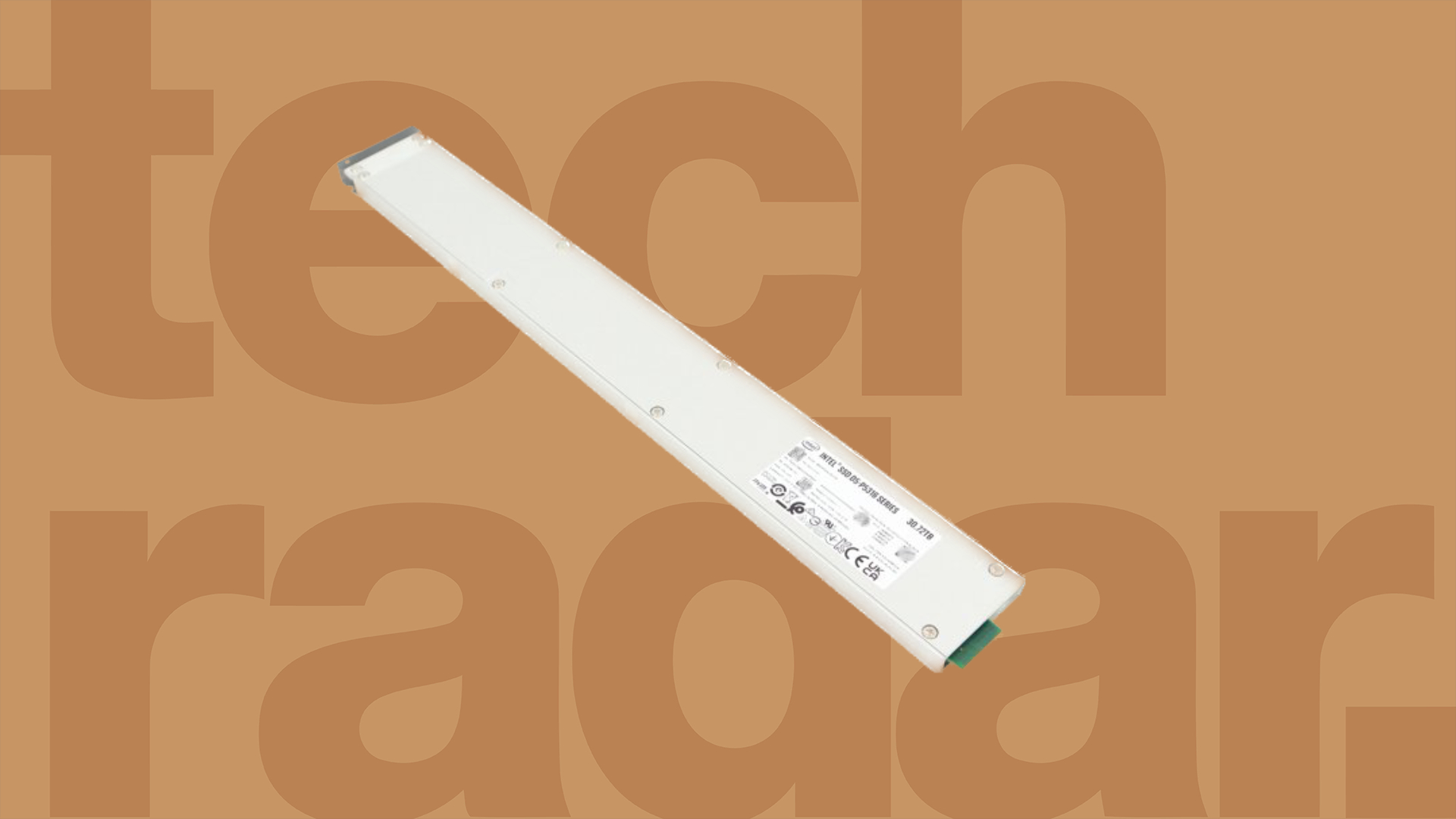
Forget consumer SSD, all the action (and excitement) seems to take place these days in the enterprise market. Solidigm’s D5-P5336 range, launched last week, not only brings a new 61.44TB version to the market (the biggest SSD available) but is also doing its best to drive down prices to record lows.
At the time of writing, the 30.72TB version sells for around $1,700 ($1,689 at TechAmerica) and although it just launched and we’re still about four months from 2024, I wouldn’t be surprised if this becomes the first large capacity drive to sell for less than $1000 next year (or just over $30 per TB).
That would be big news for three main reasons: first, there’s no hard disk drive of this capacity for now (the current one tops at 26TB from Western Digital), secondly, enterprise SSDs would be almost on par, pricewise on a per-TB basis, with consumer SSDs (applicable to PCIe models, excluding, of course, now-obsolete SATA models), thirdly, it marks the end of the consumer market as driver of capacity.
Just like for hard drives, SSD capacity (but not performance) will likely be the sole remit of enterprise and hyperscalers. In other words, if you want the biggest drives, they will likely be available in formats that are consumer-unfriendly (think the “ruler” E1S format).
Earlier this year, another high capacity Solidigm drive, the SSDPFWNV307TZ, hit the headlines as it smashed the $100/TB, the first big SSD PCIe drive to do so. This new Solidigm drive comes in at almost half the suggested retail price while being competitive when it comes to performance.
The 192-layer, QLC 3D NAND technology (rather than 144-layer) that powers it was only revealed last year at Flash Memory Summit and is therefore a solid proof of Solidigm’s appetite to shorten the time-to-market between the launch of its cutting edge NAND components and the launch of halo products based on them.
We know that SK Hynix has a 238-layer NAND (approx. 24% more) in the wings and a 300-layer just behind (approx. 26% jump) with products based on the former expected next year and on the latter in 2025. A move from QLC (quad-level cell) to PLC (penta-level cell) is also expected to give a 25% boost in capacity. Expect big announcements next week at FMS 2023.
The rise of super SSDs
High capacity SSDs are gradually becoming mainstream; Nimbus Data’s Exadrive SSD reaches capacities of up to 100TB but costs about $40,000, a 7x increase in price compared Solidigm’s D5-P5336.
Kioxia, Seagate, Samsung, Micron and Solidigm alongside a host of smaller players (Nimbus Data, Dapustor Union Memory, Teamgroup, ScaleFlux and Memblaze) are vying for the enterprise market as consumer demand for storage components is petering.
While hard disk drives are still affordable, they consume more electricity (and dissipate more heat), are more likely to break down (because of mechanical parts), are generally heavier, are far slower and have only slowly grown in capacity. 30TB hard disk drives are expected to come later in 2023 but for now 26TB is the absolute maximum available capacity on the market.
The only two things that make hard drives still attractive to hyperscalers like Microsoft, Google, Facebook are price (as low as $17 per TB, three times lower than the P5336) and the huge installed based of existing hard drives which makes it easier to just replace HDD rather than rip-and-replace or upgrade.
While some services like cloud storage or cloud backup will happily use hard drives, others like web hosting will gladly get rid of the bottleneck that spinning disks are.
With Kioxia, Samsung and Micron already ramping up production of NAND technology that uses 230 layers or more (50% extra capacity and more), it’s only a matter of time before SSDs reach parity, on a per TB basis, with hard disk drives.







